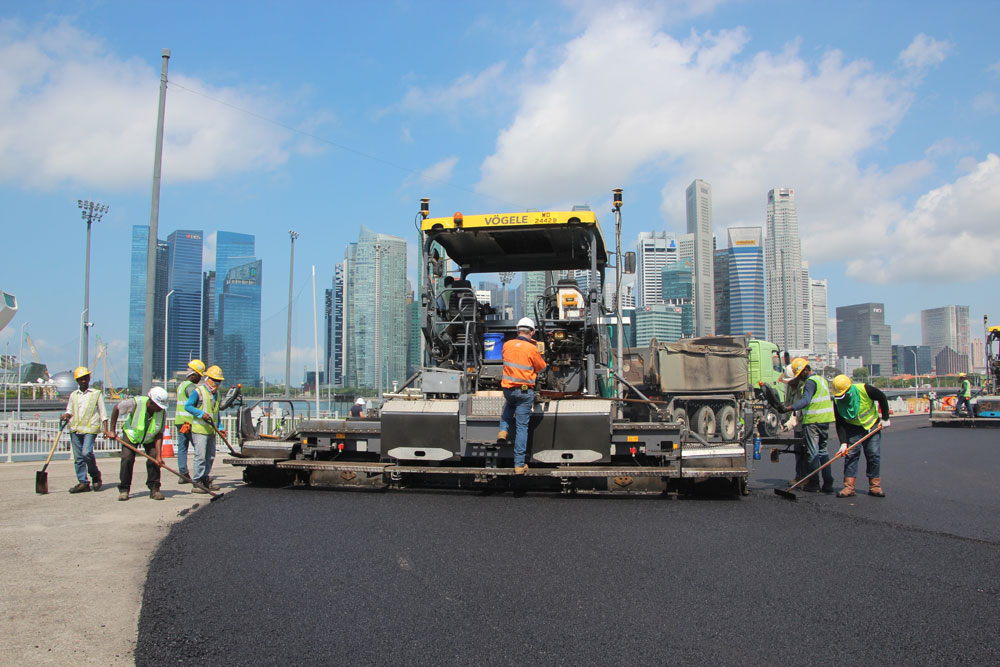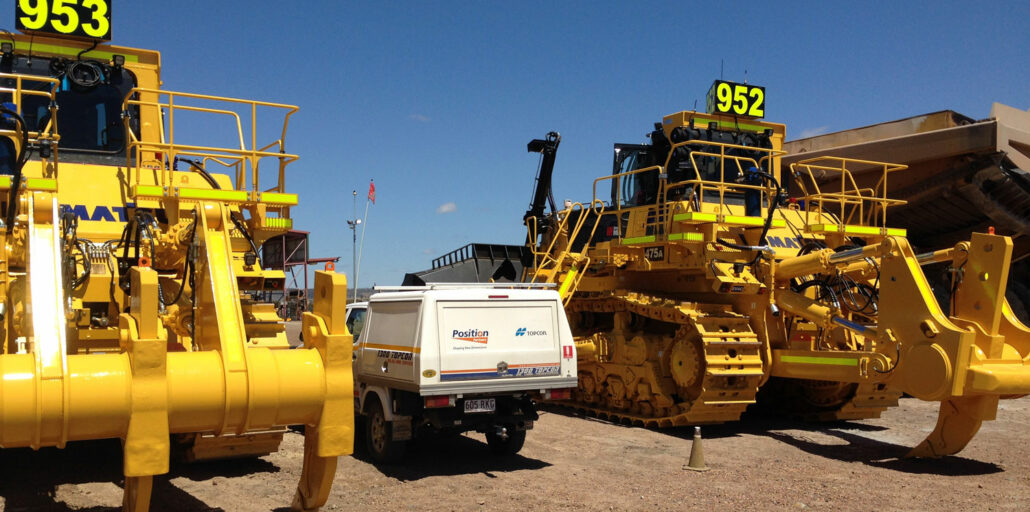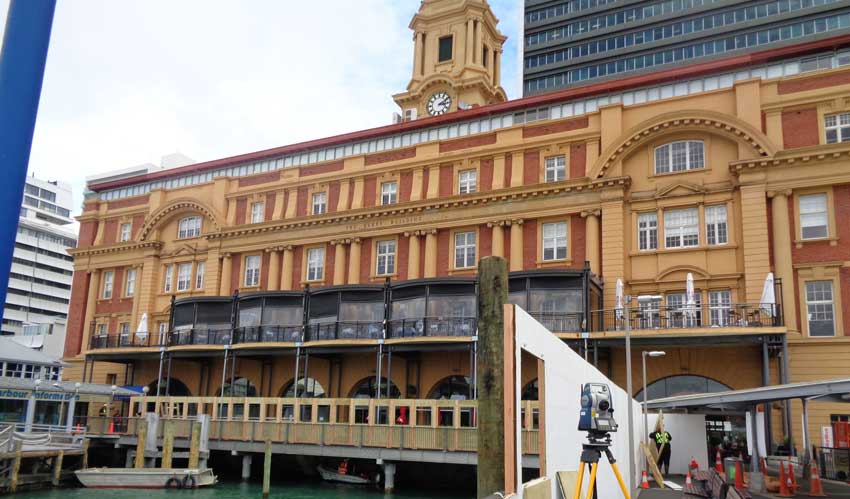
3D GPS machine control is now a common sight across most major civil projects Australia-wide. Used widely across a huge array of machines, from scrapers to graders, excavators, wheel loaders and everything in between, GPS is a flexible and accurate solution that enables all plant across the site to get to grade as quickly as possible with minimal wasted material. In this article we look at the following topics: How does GPS work on heavy equipment? Single, twin or dual GPS: which is right for your application? GPS and GNSS – is there a difference? GPS vs Total Station vs Laser: which one is better? Topcon GPS machine control options by machine type Here are some examples of applications

Utilising a full range of design, mapping, variable milling, survey and paving machine control technology to transform city streets into a Formula 1 race track. For the second year running, Singapore contractor United E&P is tasked with preparing the racetrack for the country’s upcoming Formula 1 race in September. Unlike many cities that utilise existing race circuits, Singapore transforms some of the city streets into race car-worthy surfaces in a matter of days, shutting down roads for the shortest periods possible to minimise impact to residents, visitors and traffic. To meet the tight deadlines and deliver a track that will pass muster with the racing car elite, United E&P has partnered with Topcon Positioning Systems’ largest distributor in

Collision awareness and proximity detection technology originally developed for the mining industry is set to become standard on major civil projects to protect workers and increase transparency for project managers. With limited space to manoeuvre and multiple heavy machines working in close proximity, roadside infrastructure projects can be a dangerous worksite. To reduce the risk of collisions between plant, people and utility or other fixed assets, geospatial positioning equipment distributor Aptella has introduced a range of proximity detection systems for civil construction applications by manufacturer Blue Electronics. Although collision awareness technology was initially developed to increase safety in mining applications, Blue Electronics’ solutions come with a enhanced features and failsafe measures to make them suitable for civil projects.

Downer Group, an infrastructure and resource sector services company listed on the Australian stock exchange, recently invested in Carlson high precision machine guidance solutions to be deployed across four mine sites in Australia. In total, 27 machine systems will be installed across a fleet of dozers, excavators, drills, and supervisor vehicles to increase productivity and optimize mine site operations. As a leading mine contractor in Australia, Downer Group invests in technology and innovation to maximise safety, productivity, and operational efficiency across all stages of the mining lifecycle. Supported throughout Australia, New Zealand, and South East Asia by Carlson’s Oceania distributor Aptella, Downer Group has implemented a tried and tested high precision machine guidance solution that is reliable, effective,

Auckland’s Ferry Building is an historic landmark in the New Zealand city. In the 100 years since it was built, the sea wall supporting the structure was gradually eroded by constant sea movement and wash from ferries docking and leaving the port. Divers discovered a large three-metre scour at the base of the sea wall that needed to be repaired and stabilised to ensure the safety and longevity of the building and underlying structure. After closer inspection a number of additional holes in the seawall were discovered. To ensure there was no damage to the building during repair works, Auckland Transport enlisted the services of CKL – a local engineering and surveying firm – to monitor the structure.






